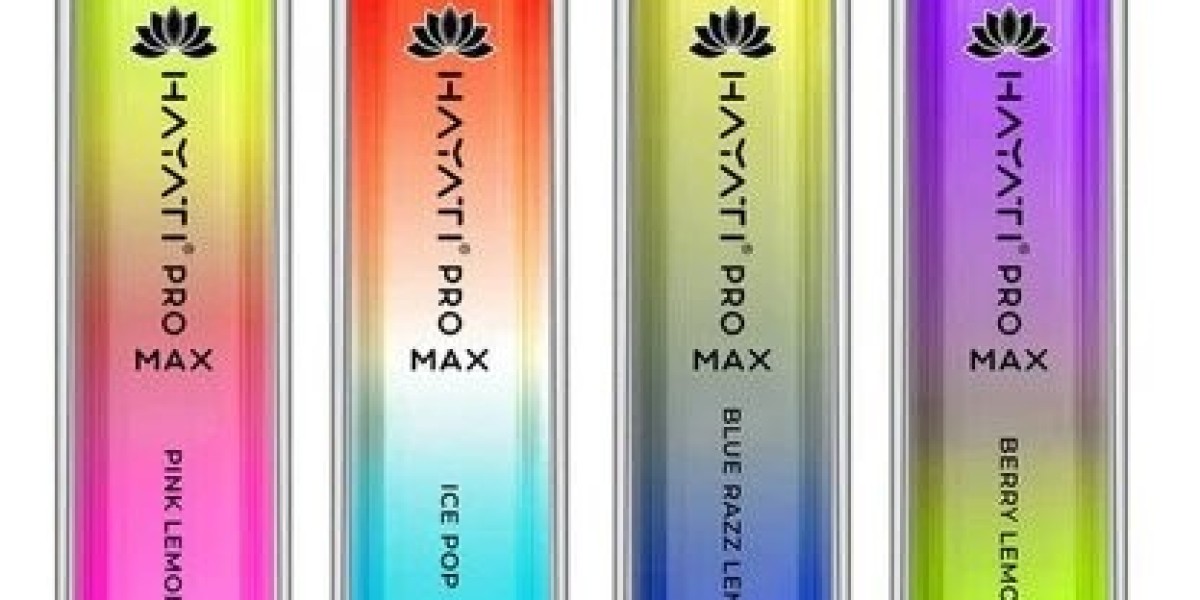When it comes to keeping your home clean and odor-free, cat litter plays a crucial role for every pet owner. With so many options available, selecting the right type can feel overwhelming. Many pet stores in Karachi now offer a wide variety of cat litter, ranging from budget-friendly basic clay options to premium clumping and natural alternatives. Understanding the differences can help you make an informed choice that keeps both you and your cat happy.
This comprehensive guide will walk you through everything you need to know about cat litter, including types, benefits, maintenance tips, and FAQs. By the end, you’ll have a clear idea of what works best for your cat and your household.
Why Cat Litter Is Important
Cat litter isn’t just about convenience—it’s essential for:
Hygiene: Prevents your home from smelling unpleasant and keeps your cat clean.
Behavior: Cats are more likely to use a clean, comfortable litter box.
Health Monitoring: Some litters change color to indicate potential health issues, like urinary tract infections.
Odor Control: Quality litter neutralizes odors, keeping your home fresh.
Types of Cat Litter
Here’s a detailed breakdown of the most popular cat litter types you’ll find in pet stores in Karachi:
| Type | Material | Key Features | Best For |
|---|---|---|---|
| Clumping Clay | Bentonite Clay | Forms solid clumps, easy to scoop | Busy owners, odor control |
| Non-Clumping Clay | Natural Clay | Absorbs moisture but doesn’t clump | Budget-friendly option |
| Silica Crystal | Silica Gel Crystals | High absorption, long-lasting | Low-maintenance households |
| Biodegradable/Natural | Corn, Wheat, Wood | Eco-friendly, safe for disposal | Environment-conscious owners |
| Paper-Based | Recycled Paper | Dust-free, soft texture | Kittens or sensitive cats |
Top Factors to Consider When Choosing Cat Litter
1. Odor Control
Look for litters with activated charcoal or baking soda to eliminate strong smells. Clumping clay and silica litters are excellent for this purpose.
2. Dust Level
Dust-free litter is vital, especially if anyone in your home has allergies or if your cat has respiratory issues.
3. Tracking
Some litters stick to your cat’s paws and get spread around the house. Low-tracking litters reduce cleanup time.
4. Eco-Friendliness
If sustainability matters to you, biodegradable options like corn-based or wood-based litter are ideal.
5. Cost
Budget-friendly options include non-clumping clay, while silica crystals and natural litters tend to be more expensive.
How to Maintain a Clean Litter Box
Keeping the litter box clean is crucial for your cat’s health and your home’s hygiene.
Daily Maintenance:
Scoop clumps at least once a day.
Remove any solid waste immediately.
Weekly Maintenance:
Replace the entire litter.
Wash the litter box with mild soap and warm water.
Monthly Deep Cleaning:
Disinfect the litter box.
Replace with fresh litter.
Pro Tip: Keep one litter box per cat plus one extra to prevent territory issues.
Benefits of Using High-Quality Cat Litter
Odor-Free Home: Premium litters neutralize ammonia smells effectively.
Happy Cats: Comfortable textures encourage regular use.
Less Cleaning: Clumping formulas make waste removal quick and easy.
Better Health Monitoring: Some specialty litters can indicate early signs of health issues.
Common Mistakes to Avoid
Not Scooping Regularly: This causes bad odors and discourages cats from using the litter box.
Using Scented Litter: Strong artificial scents can irritate cats.
Switching Brands Too Quickly: Cats may reject a sudden change in texture or smell.
Placing the Litter Box in Noisy Areas: Cats prefer privacy when doing their business.
Tips for Introducing a New Litter
Gradually mix the new litter with the old one over 7–10 days.
Observe your cat’s behavior for any signs of discomfort.
Reward your cat when they successfully use the new litter box.
Why Local Pet Stores in Karachi Are the Best Choice
Buying from pet stores in Karachi ensures:
Fresh Stock: Regularly restocked products with better shelf life.
Expert Guidance: Staff can recommend the best litter based on your cat’s age and health.
Variety: From budget-friendly to premium brands, all in one place.
Local Availability: No long waits for shipping or delivery.
FAQs About Cat Litter
1. Which cat litter type is best for kittens?
Paper-based or natural litters are ideal for kittens because they are soft and safe if accidentally ingested.
2. How often should I change the entire litter?
For clumping litter, a complete change every 2–3 weeks is recommended. Non-clumping litter should be changed once a week.
3. Can I flush cat litter down the toilet?
No. Most litters are not safe for flushing and can cause plumbing issues. Always dispose of used litter in the trash.
4. How can I prevent litter tracking around the house?
Use a litter mat outside the box and choose low-tracking litter types like silica crystals.
Comparison of Cat Litter Types
| Feature | Clumping Clay | Silica Crystal | Natural/Biodegradable |
|---|---|---|---|
| Odor Control | Excellent | Excellent | Good |
| Dust Level | Moderate | Very Low | Very Low |
| Ease of Cleaning | Very Easy | Moderate | Easy |
| Eco-Friendly | No | No | Yes |
| Cost | Affordable | Expensive | Moderate |







